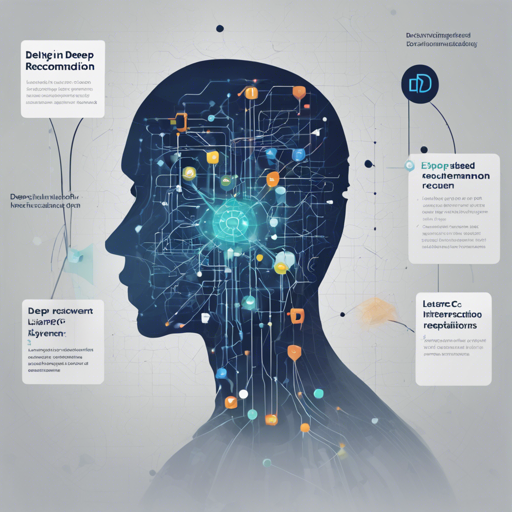Welcome to an exciting journey through DeepRec, a repository packed with cutting-edge, deep learning recommendation models implemented in Python and TensorFlow. If you are a researcher or developer looking to ease your path toward state-of-the-art methodologies, you have stumbled upon a treasure trove!
Why Choose DeepRec?
DeepRec aims to alleviate the arduous work of replicating advanced recommendation methods by providing various pre-implemented models. These cover three significant scenarios:
- Rating Prediction
- Top-N Recommendation (Item Ranking)
- Sequential Recommendation
To ensure adaptability, DeepRec maintains a high level of modularity and extensibility, simplifying the task of incorporating new models into its framework.
Implemented Algorithms
DeepRec boasts an impressive lineup of algorithms, which includes:
- I-AutoRec and U-AutoRec (www15)
- CDAE (WSDM16)
- NeuMF (WWW17)
- CML (WWW17)
- LRML (WWW18) (DRAFT version)
- NFM (SIGIR17)
- NNMF (arxiv)
- PRME (IJCAI 2015)
- CASER (WSDM 2018)
- AttRec (AAAI 2019 RecNLP)
Running the Code
To unleash the power of these models, you can run the following scripts:
- Testtest_item_ranking.py
- Testtest_rating_pred.py
- TesttestSeqRec.py
Requirements
Before diving into the code, ensure your environment meets these requirements:
- TensorFlow 1.7+
- Python 3.5+
- NumPy
- SciPy
- Scikit-Learn
- Pandas
Future Directions
There is always room for growth! Here’s what’s on the ToDo list:
- More deep-learning based models
- Alternative evaluation protocols
- Code refactoring
- Update to TensorFlow 2.0
Troubleshooting Tips
If you encounter issues while working with DeepRec, here are some troubleshooting ideas:
- Check that your TensorFlow version is compatible.
- Ensure that all required libraries are installed properly.
- Consult the project’s documentation for additional guidance.
- If you run into specific errors, a quick online search can often reveal useful solutions.
For more insights, updates, or to collaborate on AI development projects, stay connected with fxis.ai.
An Analogy to Understand the Code Structure
Imagine you are a chef who wants to prepare various gourmet dishes. Each dish represents a recommendation model. Just as you would need different ingredients and a recipe book to create each dish, the DeepRec framework provides various scripts (ingredients) that you can use to prepare specific recommendation scenarios. With a well-organized recipe book (the code structure), you can quickly find the recipes you need, combine different ingredients, tweak some flavors (extensibility), and impress your guests (users) with gourmet meals (recommendations) every time!
At fxis.ai, we believe that such advancements are crucial for the future of AI, as they enable more comprehensive and effective solutions. Our team is continually exploring new methodologies to push the envelope in artificial intelligence, ensuring that our clients benefit from the latest technological innovations.

